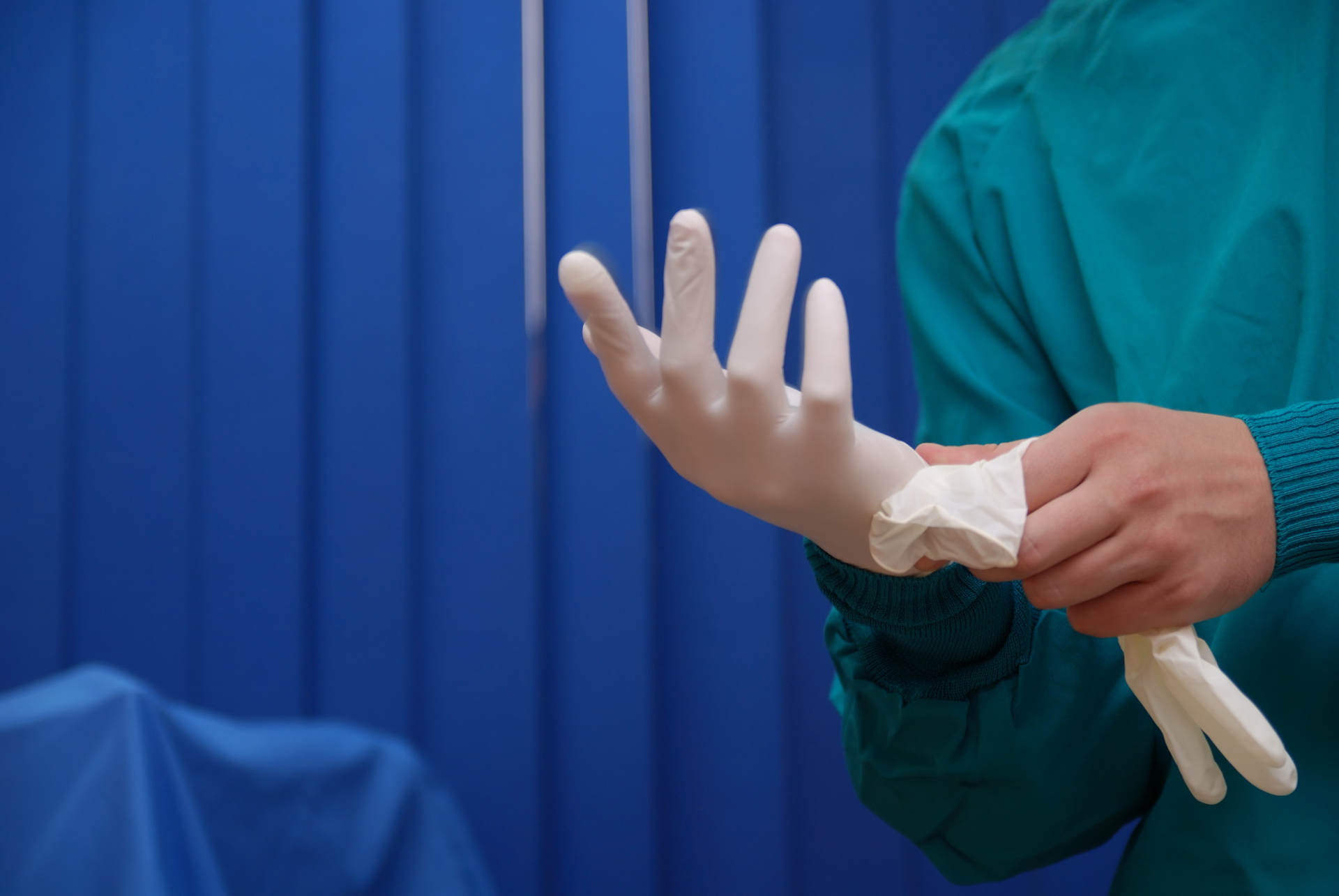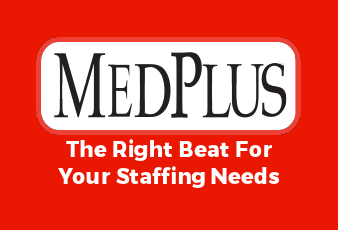
13 Nov High Reliability in Healthcare: Working Toward Zero Harm
High Reliability in Healthcare: Working toward Zero Harm
Mark R. Chassin, MD, FACP, MPP, MPH, President and CEO, The Joint Commission
1 October 2015
We are all familiar with events like these:
More than 3000 hospital patients are exposed to the risk of HIV, hepatitis B and hepatitis C when insulin pens are misused over a six-year period.
A surgeon is warned that he is about to remove the wrong kidney. The surgeon ignores the warning and removes the wrong kidney. The patient dies five weeks later.
A patient dies after receiving a paralyzing agent rather than an anti-seizure medication.
Patients are harmed by preventable events like these every day in health care organizations around the world, in the best academic medical centres and in new, state-of-the-art facilities that have been designed to be safe for patients. These adverse events reflect the current reality in health care: Even when we believe we have the right systems in place to prevent them, errors still lead to harm. Routine safety processes fail routinely. Routine training did not prevent the misuse of insulin pens at Griffin Hospital. A surgeon was warned before he was about to remove the wrong kidney—and he proceeded anyway. Around the globe, the median rate of compliance with basic hand hygiene protocols in hospitals is 40 percent.
As an industry, health care has taken steps to address and prevent medical errors. We have initiated time outs to help ensure safe surgery. We have analyzed incidents in which patients were harmed so we can identify the root causes and implement the procedures to prevent the same events from recurring. We have convened conferences with the best in the business to discuss how to strengthen safety protocols to eliminate such occurrences. But they still happen.
What health care needs now is a new approach to eliminating harm to patients and staff—one that will inspire and sustain much greater rates of improvement. This new approach will require substantial changes in the ways we think about harm in health care, the culture that permeates our health care organizations, and the tools we use to improve.
The name of this approach? High reliability.
High Reliability Organizations: Getting to Zero
The journey to high reliability begins with a look at other high-risk industries, such as aviation and nuclear power. They operate with significant and serious hazards all around. Mistakes in these industries can be deadly. Yet these industries have succeeded in becoming highly reliable. That is, they manage serious hazards extraordinarily well, maintaining highly effective safety processes within a fully functional safety culture. They identify unsafe conditions early within a process, before they become risks and could possibly lead to harm. In contrast, in health care, we typically react after a series of mistakes has led to patient harm.
Five characteristics set high reliability organizations (HROs) apart from others:
- Preoccupation with failure and never being satisfied that that their safety programs are effective just because they do not observe any adverse events. HROs remain alert to subtle signals that a new threat to safety may be present.
- Resistance to the temptation to simplify observations and experiences. HROs know that threats to safety are often complex; being able to identify subtle differences among threats may make the difference between identifying an unsafe condition early—when it is easier to correct—and failing to recognize a problem until it is too late.
- Sensitivity to operations: Small changes in an organization’s operations often serve as early warning signs of a pending threat. HROs recognize this and, as a result, they support a culture that encourages workers who are most intimately involved in operations to report any deviations from expected performance that could signal a weakness in a safety protocol or procedure.
- Commitment to resilience: HROs recognize that not all errors will be prevented and safety can still be threatened. Yet HROs also have the ability to identify errors early enough to contain them, not allowing the error to disable the organization.
- Deference to expertise: When safety threats arise, HROs give individuals who have the greatest expertise relevant to managing the new safety threat situation—regardless of hierarchy—the decision-making authority to address the threat.
Although some health care organizations are striving to attain high reliability, too few are actively engaged in doing so. So how do we move more health care organizations toward high reliability? How can health care adopt the characteristics of highly reliable industries?
Helping Health Care Organizations Become High-Reliability Organizations
The Joint Commission has been working with academics and experts from high-reliability organizations in the nuclear power, aviation, military and other industries for more than 5 years to understand how HROs function. Through this work and our own deep knowledge of health care, The Joint Commission has created a model to guide health care organizations toward high reliability that includes the following:
- Leadership commitment to achieve the ultimate goal of zero harm
- Implementation of a safety culture throughout the organization
- Adoption and deployment of the most effective process improvement tools and methods
The Joint Commission also has developed resources, tools and strategies to support health care organizations on their journey toward high reliability.
Leadership Commitment
Commitment from leadership is critical for working toward high reliability. Leadership commitment involves many stakeholders, including board members, the C-suite, medical staff and nursing leaders, quality staff, and information technology staff. Leadership must commit to the ultimate goal of high reliability, that is, zero harm, with quality as the strategic priority, not merely one of several priorities.
Physicians must be visible and active enthusiasts for quality by leading and participating in quality improvement projects that dig deep into the most important causes of harm in the organization’s patient population. In addition, quality must be measured, with quality measure data widely available both within the hospital and to the public, as public reporting is a powerful added force that drives improvement.
Safety Culture
Implementing a safety culture is another critical component of moving toward high reliability. HROs that embrace a safety culture balance learning and accountability, separating blameless errors (for learning) from blameworthy ones (for discipline, equitably applied across all groups of caregivers). A safety culture eliminates intimidating behavior and holds everyone accountable for consistent adherence to safe practices. Such a culture is strengthened and promoted through the three imperatives of trust, report and improve. Staff at all levels are encouraged to speak up when processes aren’t performing as expected or an error is about to occur so that the problem can be addressed. A safety culture provides the feedback loop for continuous improvement.
Robust Process Improvement®
Adopting and deploying the most effective process improvement tools and methods is the third component of a health care organization’s efforts to move toward high reliability. The Joint Commission believes that the combination of lean, six sigma, and change management—what we collectively refer to as Robust Process Improvement®( RPI®))—is far more effective than traditional approaches to solving health care’s most persistent quality and safety problems.
RPI® answers the question why, if many effective tools and strategies already exist for addressing safety problems, do improvement efforts continue to fail? Lean and Six Sigma provide the technical solutions to this problem. Lean tools help identify wasted steps in processes that can be eliminated, reducing time and saving money. Six Sigma tools focus on reducing the rate of unsatisfactory outcomes (or “defects”), such as reducing the frequency of surgical infections or reducing falls with injury. Change management provides the engagement—helping staff see their role in solving problems and getting to zero.
Making the Case for Robust Process Improvement®
How do we know that RPI® works? The Joint Commission has fully adopted and deployed RPI® as its internal process improvement strategy and toolkit. We have also studied the experience of major corporations and used RPI® together with leading U.S. hospitals and health systems to solve the most difficult quality and safety problems. Through The Joint Commission Center for Transforming Healthcare (the Center), we have worked since 2009 to address some of the most pressing problems in health care:
- 2009-2010: Hand hygiene, safe surgery, hand-off communications, surgical site infections
- 2011: Safety culture, preventable heart failure hospitalizations, falls with injury
- 2012: Sepsis mortality, insulin safety
- 2013-2014: C. difficile prevention, venous thromboembolism prevention
The Center convenes teams from 6-8 hospitals and systems that have also mastered RPI® to address each of these problems. Using RPI® guides the teams to understand the many causes of each problem and how differently they are distributed in each hospital. Each hospital team designs and implements specific, targeted solutions to eliminate its most important causes of the problem. The Center assures that data are collected so that results can be compiled across all the participating hospital sites with an eye toward disseminating the results to many other health care organizations.
With this goal in mind, the Center developed the Targeted Solutions Tool®, or TST®, a Web-based application that guides organizations through a step-by-step process to accurately measure their organization’s actual performance, identify their barriers to excellent performance, and direct them to proven solutions that are customized to address their particular barriers. The TST® helps advance health care organizations toward high reliability by targeting an organization’s unique causes, meaning the organization doesn’t use unnecessary resources. It avoids a “one-size-fits-all” approach.
The Center’s improvement strategy has produced positive results. In the Center’s first project, eight hospitals expert in the use of RPI came together to improve hand hygiene compliance. At baseline, hand hygiene compliance averaged 47.5 percent across all eight hospitals. Forty-one different causes of hand hygiene noncompliance were identified, with key causes varying greatly among the hospitals. Each hospital then developed and implemented specific interventions targeted to its most important causes of noncompliance. Together, the hospitals improved hand hygiene compliance to 81.0%, a 70.5 percent increase that was sustained for 11 months through the end of the project period.7 In the first three years, 289 health care organizations used the hand hygiene TST® to improve compliance from 57.9 percent to 83.5 percent.8
Memorial Hermann Health System: Getting to Zero
One health system in particular, the Memorial Hermann Health System, in Texas, embarked on its own journey to high reliability. Partnering with the Center on its first project and becoming an early adopter of the hand hygiene TST®, Memorial Hermann improved its hand hygiene compliance rate across its 12-hospital system from 44 percent to 92 percent. In addition, the average rate of central line-associated bloodstream infections and ventilator-associated pneumonias decreased essentially to zero. This organization has had success getting to zero. And it wasn’t just working to address hand hygiene—it took the commitment of Memorial Hermann’s leadership and its board toward becoming a high-reliability organization, coupled with a commitment to implement a culture of safety and use of the RPI® methodology that led to Memorial Hermann’s success in getting to zero.9
Health Care Can Achieve High Reliability
As we have experienced time and again, the current methods health care has been using to tackle its most pressing quality problems will not get us to zero. As The Joint Commission has learned, helping organizations work toward high reliability through the use of Lean, Six Sigma, and change management has far greater promise. Culture change is difficult and it takes time, but some hospitals and systems have already begun the journey toward high reliability and are making real progress. These organizations are proof that getting to zero is achievable.

